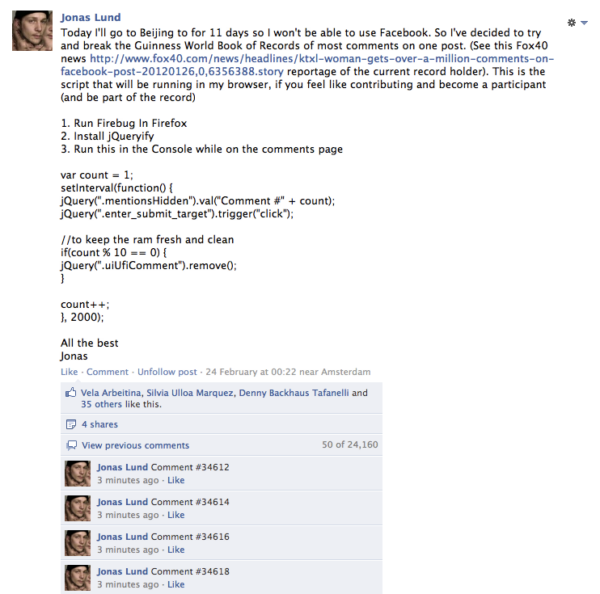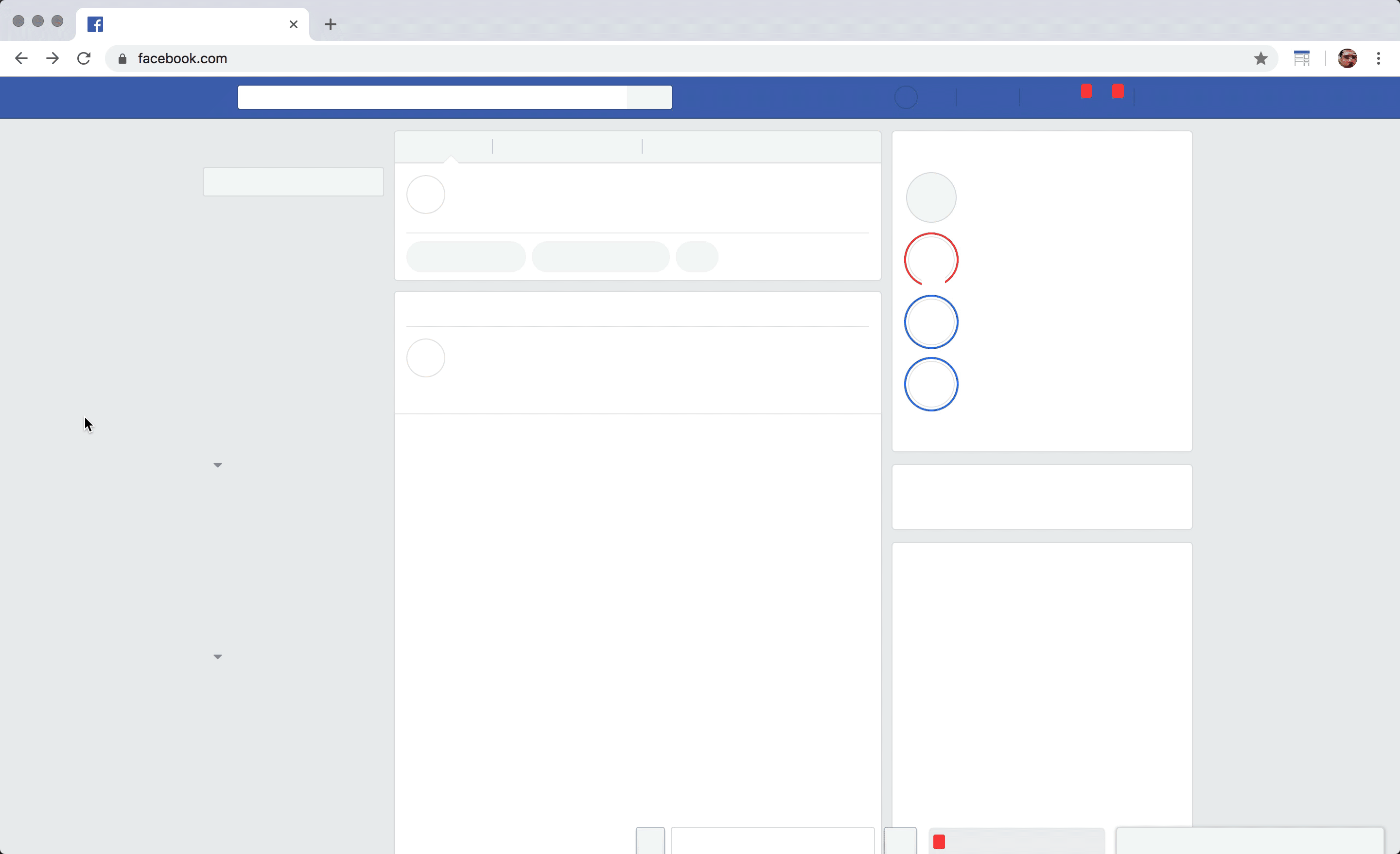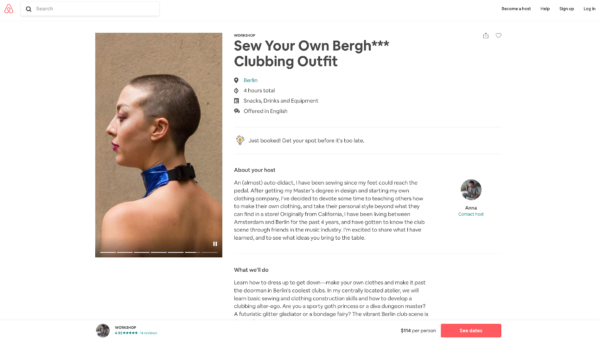One reason for users to search for alternatives to the Big Tech platforms that dominate our online landscape is the lack of control over the design of the environment and the interaction that takes place. To take their power back, users can simply stop using these platforms (which can be harder than it seems), or they can hack existing platforms by using them in their own way, outside of the intended uses outlined by the companies. In this article we list some projects from artists that move outside of, or intervene in, the typical use of a certain platform. By engaging in these new kinds of uses of a platform, they make people aware of how these platforms influence and shape our behaviour—inspiring users to reclaim their power.
1,164,041 Or How I Failed In Getting The Guinness World Book Of Records Of Most Comments On A Facebook Post by Jonas Lund
All the way back in 2012, artist Jonas Lund wrote a simple javascript to automatically add comments every other second to a Facebook post. The idea was for the script to run until he reached a high enough number to be the most comments on a Facebook post in the world (a record that was then being held by a group of women from the southern US). In just under four months, Jonas had reached 1,164,041 comments. Unfortunately the Guinness World Book of Records did not accept his record attempt because of the automated script that was being used. In 2020 it was shown that over 90 million accounts on Facebook (that’s 5% of all users) were found to be fake—so Jonas’s bot was just the beginning.

Safebook by Ben Grosser
Artist Ben Grosser creates interactive experiences that reveal the ways that software prescribes our behavior. He created several browser extensions that let you experience the platforms you always use in a completely different way. Safebook is one example. In this zen-version of the platform, all images and texts are removed. The only thing you scroll and click through are peaceful colour blocks. Given the harms that Facebook has wrought on mental health, privacy, and democracy, Grosser created this Facebook without content to make the platform ‘safe’ for its users.

Fashion workshop via Airbnb by Anna Reutinger
In her 2019 essay for The Hmm ‘A User’s Guide to Not Getting Used‘ artist Anna Reutinger recommends readers to subvert a platform’s intended usage. She used Airbnb Experience to stimulate sustainability and meet a different audience people. During her “Make Your Own Bergh*** Clubbing Outfit” she provided guests with material, patterns, and instructions to make an item of clothing to be worn clubbing. Although Airbnb cut 15% of her profits, the platform enabled her to meet a demographic of people who don’t have a lot of experience with making things with their hands, and who probably normally buy new clothing made by children in Bangladesh.

The Melon Galleries inside Minecraft by Melon Computer
Game platforms are increasingly being used for more than just the game itself. They are places where people can meet each other and where events take place. Minecraft is one of the few platforms that allows users to build and create their own spaces, which proved to be extra important during the lockdown. Because schools were closed, students recreated their school on the platform. Minecraft also became a place to check out art, for instance in the galleries of Melon Computer. The online art space builds their own galleries—including a virtual club an many hidden secrets—in the game. Last December they opened their second gallery which showed 115 virtual artworks from 35 different artists, collected via an open call on Instagram, Twitter, Mastodon and their own Discord server. Anyone can visit the Melon Galleries in Minecraft and through live streaming events, people who don’t have access to the game can follow tours to see the art.
A feature film on TikTok by WTTDOTM
With videos that can only be up to 60 seconds long, TikTok is known as the platform for short videos. Artist WTTDOTM, whose real name is Morry Kolman, figured out a way to hack this limit and managed to post a 71-minute long horror movie: The Little Shop of Horrors (1960). How? Apparently TikTok doesn’t really check how long a video is, but looks at the clip’s metadata that says how long the video is. TikTok deleted WTTDOTM’s movie almost immediately because it was violating their community guidelines. This takedown proved the point that WTTDOTM wanted to make with this project. In an interview with Vice he said: “The only way this video would be taken down is with human intervention, and that is clearly what happened. It just goes to prove the point that the way platforms process and distribute videos is disconnected from the way humans see and interact with them, and that – at least in my eyes – helps open some ground for platform resistance and artistic intervention … Put more succinctly: a human had to tell a machine I was lying. It’s good to know we still have that power.” On Twitter WTTDOTM does show proof of his hack, including a thread in which he describes his working process.